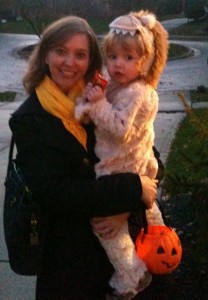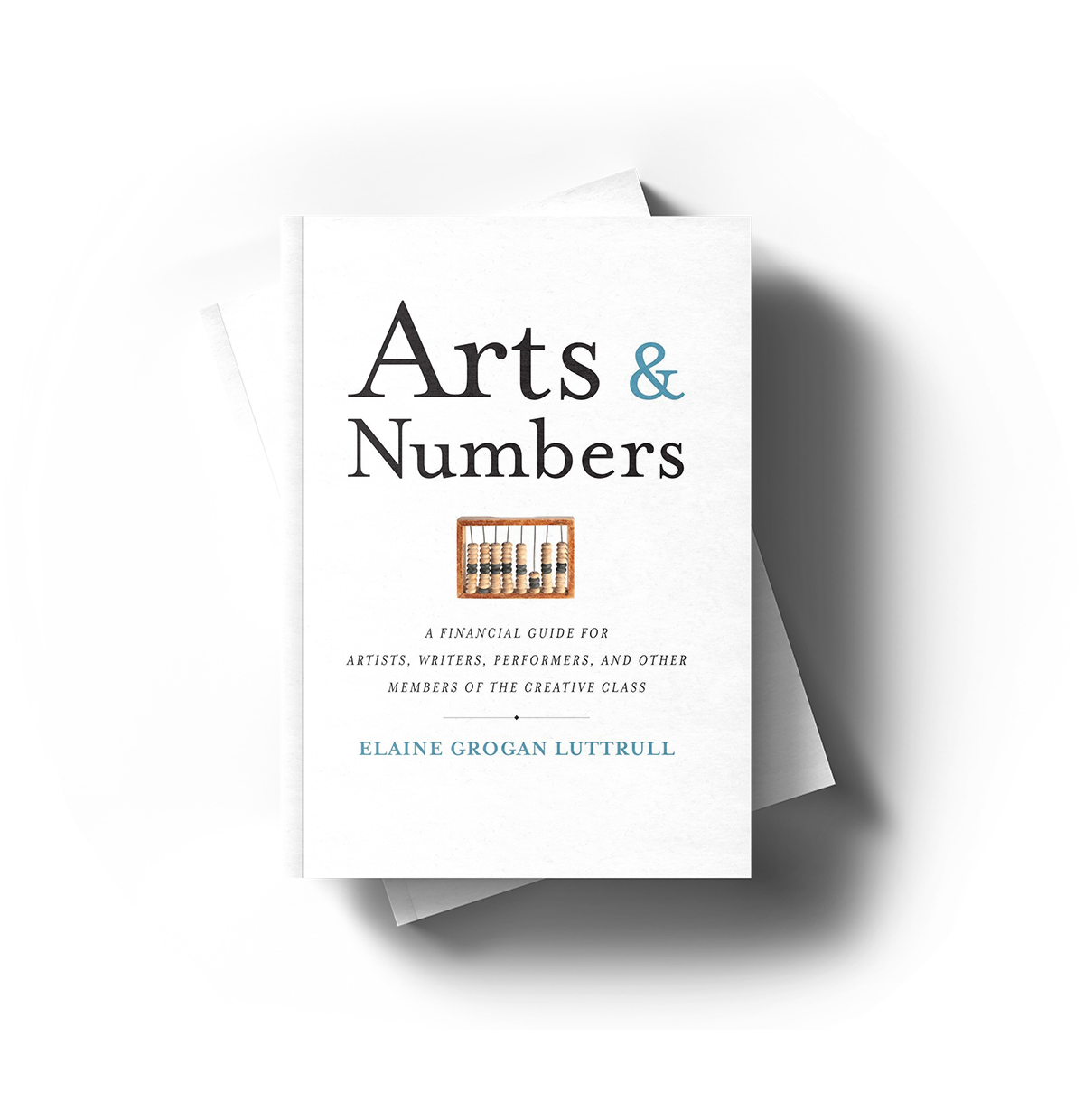October 19, 2015 • Curriculum
My daughter is going to be a Bat Witch this Halloween. I’m going to be her candy-carrier.

Once upon a time, I had more input into her costume choice (and mine, frankly). She was an adorable lobster when she was nearly one, and an even cuter lion when she was nearly two. But as her independence grew, so did her opinions about her costume. She’s been Minnie Mouse, a unicorn, a drag queen version of Dorothy from the Wizard of Oz, and now a Bat Witch. (That’s a costume choice that is worth saying slowly and deliberately. Blending the words too quickly raises all sorts of questions and eyebrows.)
I’ve learned a few things about Halloween over the years, and amazingly, they translate fairly seamlessly to my work with creative individuals, businesses, and organizations.
You Don’t Have to Explain.
Question: What are you going to be for Halloween?
Answer: A Bat Witch.
When my daughter is asked about her Halloween costume, she replies confidently and emphatically, as though everyone knows what a Bat Witch is.
And why shouldn’t they? Or more importantly, why should she care if they don’t? It’s her Halloween costume after all. She’s always happy to answer follow-up questions, but she never assumes she’ll need to. Why should she assume people wouldn’t understand her choice?
There is something delightfully empowering about that approach: This is me; this is what I do. Period. I’ll be happy to tell you more, but I don’t feel the need to explain my choices in more detail. They are simply my choices.
Whether we’re talking about our professional pursuits or our personal choices, the empowerment and confidence that comes from a real declaration is freeing… Especially when it comes to how we value ourselves.
Ask Open-ended Questions.
Asking open-ended questions, instead of direct questions, about costume choices generally yields better answers. “What is a Bat Witch?” isn’t nearly as effective as “Tell me about your costume.” (And for what it’s worth, “Tell me about your costume” generally yields the explanation you may need, particularly if the answer is something like Bat Witch.)
Direct questions are effective when we need quick, clear answers. (Think: Is there a fire? When is this due?) They are far less effective when we’re exploring a new topic or learning about someone else. “What is a Bat Witch?” in the wrong tone carries with it a level of judgment that says far more about the questioner than it does about the recipient of the question.
The confidence of a child is enough to trump subtle judgment; we adults don’t always have the armor of childhood confidence to protect us.
Asking a direct question implies there is a direct answer as well, which isn’t always the case, especially in the context of professional pursuits. “What do you do?” tends to be our default, as though there is only one answer to that question, or as though having multiple answers or an answer that can’t be edited down to a single sentence is somehow worse than a simple answer. But we humans—especially creative ones—are too complex to boil down to a single noun. Asking instead, “Tell me about your work” or “What was the best part of your week?” yields infinitely more interesting (not to mention informative) results.
Don’t Save It for a Special Occasion.
Did you know a child’s Halloween costume is worn on average sixty-four times during the “season” of Halloween, which can run from late September through March of the following year? (I have no stats to back that up; it is based strictly on my personal observations of my daughter.) Limiting a delightful outfit—especially one that carries with it the confidence of a Bat Witch—to one night is silly.
There are plenty of occasions to wear costumes during October, but wearing it around the house on a weeknight is a perfectly viable option too. And if you haven’t had a dance party with a five-year-old dressed as a Bat Witch, you’re seriously missing out on a wonderful time.
If something makes you feel confident and empowered, embrace it as often as possible.
But let’s not confuse our costumes with our real selves. A costume is something we put on; it may reflect an aspect of our real selves, but it isn’t that self, even if it makes us feel confident and empowered. Let’s stop putting on the “perfectly together mom” costume or the “flawless professional who knows it all” costume or even the “artist who has all the answers and makes everything work all the time” costume.
Let’s embrace our inner Bat Witches, knowing that they’ll continue to evolve in delightful and unexpected ways. After all, we grow and change, and our costumes should as well.
Sometimes You Only See the End Result.
There are plenty of delightful costumes to behold on Halloween night. But really, what we see on Halloween is only the end result of the costume process.
The Bat Witch costume involves a dress, some insanely bright striped tights, a hat, an ongoing argument about make-up, a cauldron, and a wand. Depending on the weather, it may also include some combination of a sweater, a fleece, heavier tights, snow boots, or a poncho.
I would never dream of claiming to have just “thrown this together” at the last minute with some things I had around the house. That’s insane.
And yet, when we present one image of ourselves—our public image—as the summation of our true selves, we do a disservice to all the messy parts that go into the process.
There are plenty of authentic public personas out there. But our beautiful public persona is only one small aspect—one image—of our true selves. Not everything has to be public or shared. (And in fact, plenty of things shouldn’t be.) But let’s not forget that someone else’s “public” doesn’t tell the whole story of that person, whether the whole story is good or bad.
The interesting parts, the parts that are part of the process and delve deeper, are what make us who we are. Celebrate the end results, especially if they are Bat Witch-level end results (and, frankly, even if they’re not). But don’t forget that everyone else’s Bat Witch takes time too.
Happy Halloween.


